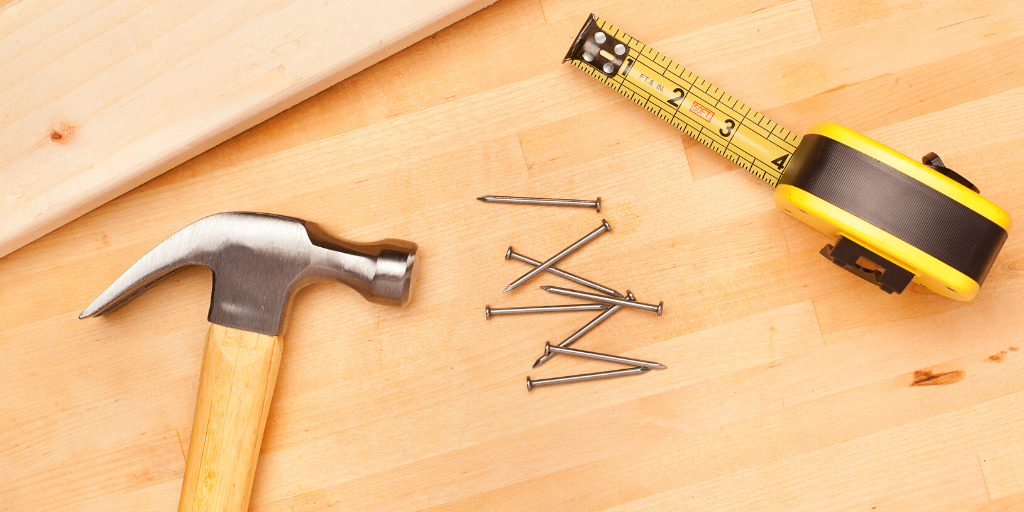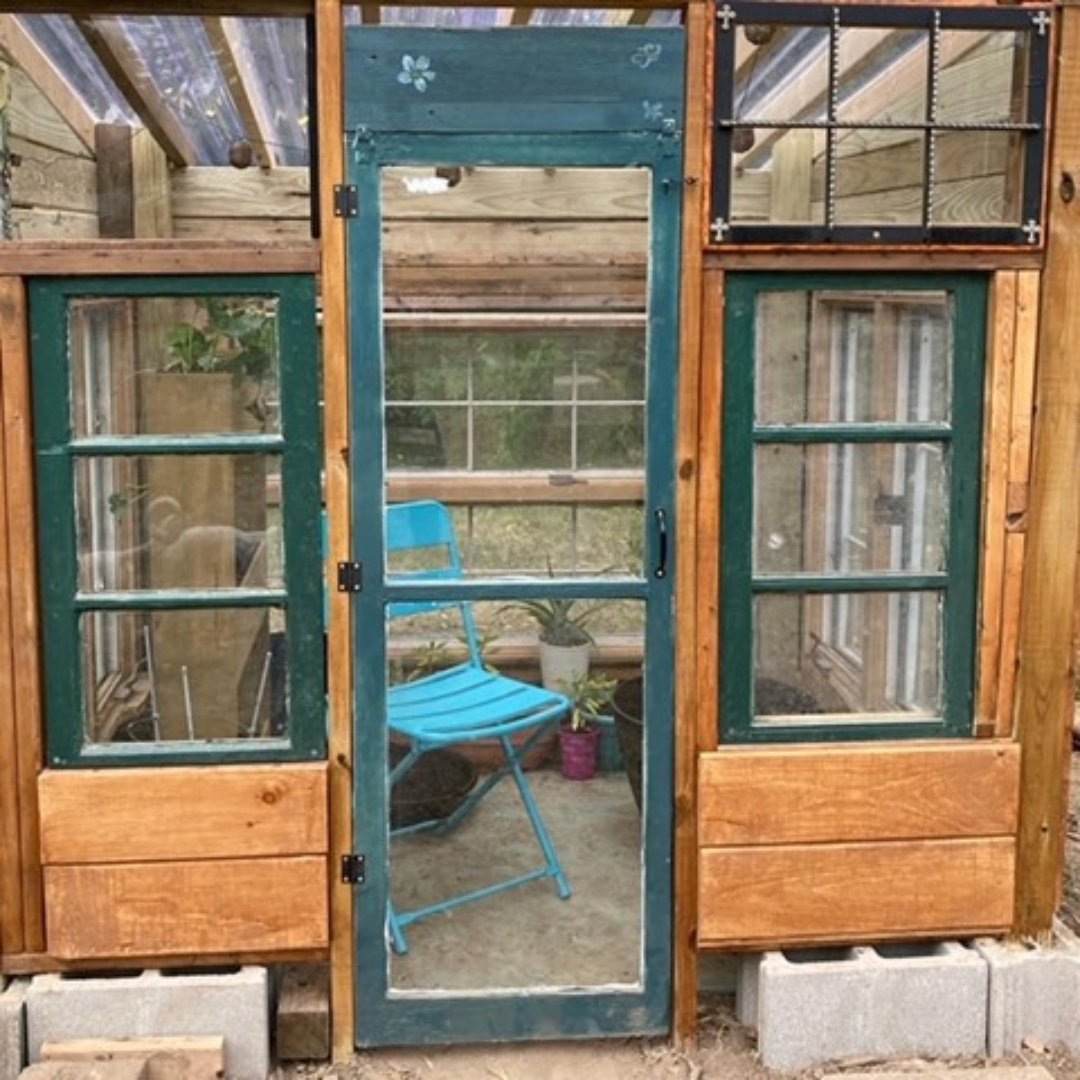
Mary Lou Rosien and her husband thought they knew how to communicate as a couple—until they embarked on a building project together.
Over the years, hubby and I have tackled some home renovation projects. We love working together and spend a lot of our time managing our 12-acre property, chickens, dogs, and garden together. This year, we decided to build a greenhouse to extend the growing season. With the current grocery prices and sometimes scarcity of goods, we wanted to be a self-sufficient as possible.
After almost 32 years of marriage, 7 kids, one foster son, and every family scenario and challenge possible, we thought we had our communication down to a science … we were wrong.
We built the greenhouse using repurposed windows, wood, and screws. We still needed more wood (pro tip: Home Depot has a 70%-off wood pile every morning of less than perfect wood) and hardware, and more. We did not have a specific plan: we problem-solved and planned as we went along. It took us three weeks and a lot of tense moments.
We discovered that we couldn’t take our communication for granted, and learned these lessons:
Tone of voice matters.
We crossed signals and feelings were hurt when one of us was frustrated with the job at hand, hot, tired, thirsty, or hungry. We learned that we needed to be clear and concise when explaining things to each other and acknowledge when we were upset about something unrelated to the other person.
We can mean the same thing and think we mean something different.
There were times when we found ourselves arguing the way to do something, before we both figured out, we were trying (unsuccessfully) to explain the same thing.
We can think we mean the same thing and mean something completely different.
“Why did you do that? I thought you were doing this.” This phrase was said far too often in the building process.
We need to set limits (and alarms).
We are both pretty driven and focused people. As a result, we can work through lunch and dinner without realizing that we are not meeting our physical needs for food, water, and rest. This makes us both cranky and short-tempered.
We work better together when we assign specific tasks.
When we took the time to break down the project with exact steps and assignment of those tasks, we accomplished more and much more quickly.
We MUST think about how what we say will be received!
This was probably the biggest challenge and take-away from the greenhouse build. Whether it is clarity, tone of voice, instructions, or questions, speaking in a way that cannot be interpreted as criticism or complaint is vital. For example, “Why did you put that there?” can feel like a criticism especially if the person was trying to help or felt they had solved a particular problem. “This is interesting, can you tell me your thought process in putting this here?” when spoken in a tone of true interest, is much better received.
Always assume the best of intentions.
When we love someone, we should never assume that they would be purposely critical or short with us. While speaking in a way that considers how it will be received is important, so is receiving in a way that assumes the best intentions, rather than the worst. For example, if my spouse sounded angry, maybe they are just tired or hot.
When in doubt, ask.
If you are not sure about a direction, tone of voice or problem, just ask. Most of the difficulties we experienced were smoothed out with some basic questions: How exactly did you need me to do that? Did I do something that has made you angry? Would you like some water?
Click to tweet:
8 lessons about accurate, kind, and honest communication in marriage. #catholicmom
The greenhouse turned out beautifully and our communication and marriage is stronger for the experience! We have come to realize that accurate, kind, and honest communication is vital to every human relationship. Keeping these points in mind will help better communication between spouses, co-workers, friends, parents and children and everyone else. God bless.

Copyright 2022 Mary Lou Rosien
Images: (top) Canva; greenhouse photo copyright 2022 Mary Lou Rosien, all rights reserved.
About the Author

Mary Lou Rosien
Mary Lou Rosien is a Catholic wife, mom to seven, educator, writer, and speaker. She is the author of several books including Three Things Divorced Catholics need to Know and The Joy-Filled Broken Heart. She is known for her love of all things cooking and baking, especially “Friday cookies.” Visit her at CatholicFamilyBootCamp.com.


.png?width=1806&height=731&name=CatholicMom_hcfm_logo1_pos_871c_2728c%20(002).png)
Comments